Museum in the Streets
To go even further in-depth into Lake Street history, look for our Museum in the Streets plaques. These plaques feature three bilingual heritage-discovery walks in Uptown, Midtown and at Lake and 27th Ave. Each walking tour includes 15-20 stopping points and help foster a sense of historical identity while educating; encouraging the preservation of local historic sites; and promoting knowledge of the stories, events, and traditions of Lake Street. The best part? They are totally free!
Download our Museum in the Street brochures today and get started!
History of Lake Street
When Minneapolis was established 1856, Lake Street was about a mile beyond the city’s southern boundary. Both the city and the street were mainly inhabited by former Canadians and Americans from the east coast. In the 1870s, huge waves of Scandinavian immigrants started immigrating to Minnesota. As they did, Minneapolis started to grow, and Lake Street became a prime target for new commercial activity, in particular, new immigrant businesses. While most of these first businesses are gone, a few remain, including, American Rug Laundry, Schatzlein’s Saddle Shop, Ingebretsen’s Gifts & Meat Market, and Soderberg’s Florist.
Lake Street’s commercial activity was also bolstered by some key transportation elements. In 1881, the Chicago, Milwaukee, St. Paul and Pacific Railroad corridor was built just a block north of Lake Street in what is now the Midtown Greenway. This railroad brought manufacturing, industry, and wholesale goods to the area. In 1888, Lake Street was chosen as the route for a bridge that linked Minneapolis and St. Paul. Lastly, Lake Street was connected to downtown Minneapolis via a number of streetcar lines, and in 1905, Lake Street itself received a streetcar line.
Beyond Scandinavians, a large influx of Greek immigrants also came to Minnesota. Today, Bills Imported Foods, a Greek grocery store, and It's Greek to Me, a Greek restaurant anchor the Lyn-Lake intersection. As you traverse Lake Street today you will also notice many businesses owned by Latin American and East African immigrants.



